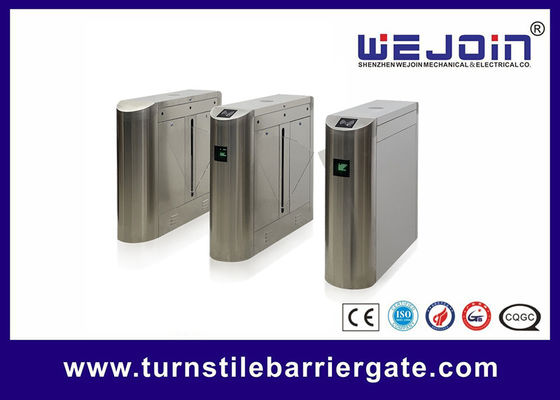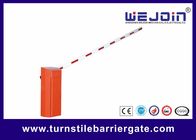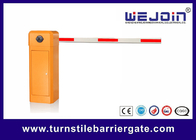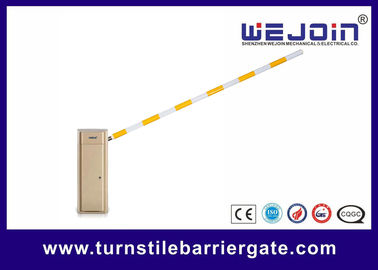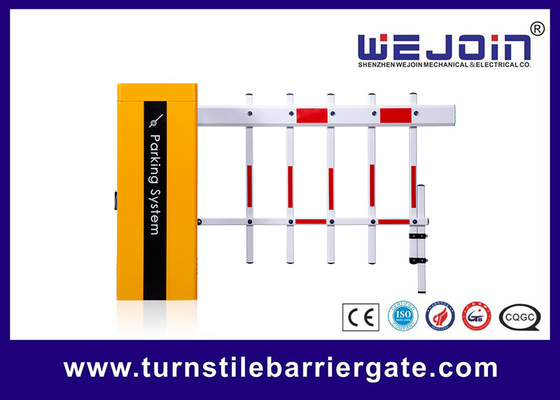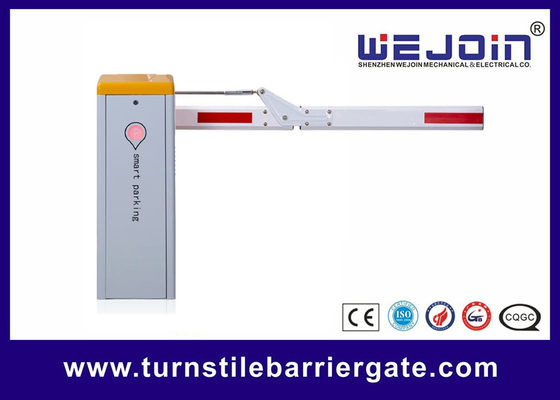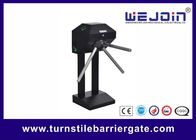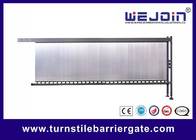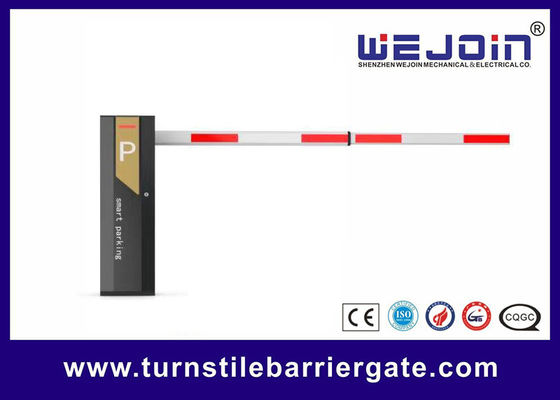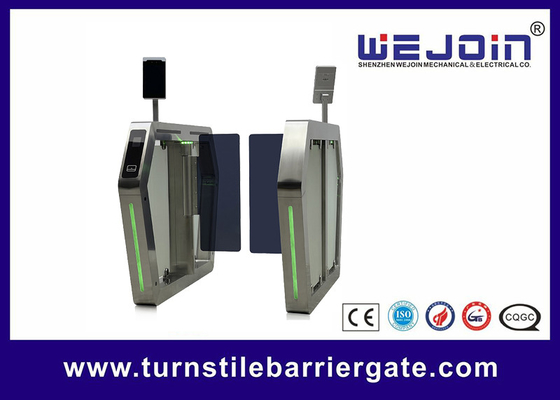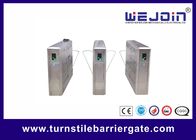How to Choose the Right Parking Lot Barrier Gate?
In modern urban life, parking lots are integral to commercial, residential, and public spaces. A key element of parking lot management, the barrier gate, controls vehicle access, ensures security, and facilitates traffic flow. Selecting the right one demands careful consideration of functionality, durability, cost, and infrastructure compatibility. This guide offers essential insights.
1. Types of Barrier Gates
Ideal for spaces with limited vertical height, like underground parking lots, this gate folds its boom at a 90-degree angle when raised. It saves space, opens/closes smoothly, and reduces boom damage risks. However, its folding action may slow down high-speed traffic flow.
1.2 Two-Fence Barrier Gate
With a dual fence structure, this gate provides enhanced security, deterring unauthorized entry and theft. It’s suitable for high-security areas but, due to its complex build, has higher initial costs and maintenance needs.
1.3 Advertising Barrier Gate
Combining access control with advertising space, it’s perfect for commercial lots in busy areas. It generates extra revenue but adds complexity to operation and maintenance, and must comply with advertising regulations.
2. Functional Considerations
2.1 Opening and Closing Speed
In high-traffic lots, faster-opening gates boost efficiency but require a safety balance. Adjustable speed settings offer flexibility to match parking lot demands.
2.2 Safety Features
Essential safety features include infrared sensors to detect obstacles, loop detectors to ensure vehicles pass fully, and anti-crush safety edges on the boom for collision prevention.
2.3 Remote Control and Automation
Remote control and automation, integrating with RFID, license plate recognition, or mobile apps, enhance convenience, improve efficiency, and cut labor costs.
3. Environmental and Durability
3.1 Weather Resistance
Exposed to diverse weather, barrier gates need to be weather-resistant. Materials like stainless steel or aluminum ensure long-term performance.
3.2 Durability and Maintenance
Durable gates withstand daily use. Opting for models with easy-to-access parts and clear maintenance instructions, or self-lubricating and modular designs, reduces time and cost spent on upkeep.
4. Cost-Benefit Analysis
4.1 Initial Purchase Cost
Gate prices vary by type and features. Basic models are cheaper, but investing in more functional, durable ones may avoid higher long-term repair and replacement costs.
4.2 Operational and Maintenance Costs
Operational costs involve electricity, while maintenance covers inspections, part replacements, and repairs. Energy-efficient gates and those with affordable, accessible spare parts help keep expenses down.
4.3 Return on Investment (ROI)
For commercial lots, ROI is crucial. Advertising barrier gates can generate revenue, and efficient advertising barrier gates can attract more customers, increasing parking fees.
5. Compatibility with Infrastructure
5.1 Electrical and Communication Compatibility
New barrier gates must match existing power supplies, wiring, and access control systems. Incompatibility may lead to costly modifications.
5.2 Physical Space Requirements
Consider vertical height, lane width, and installation space. The wrong choice can cause installation issues and operational inefficiencies.
In conclusion, choosing the right parking lot barrier gate involves a holistic evaluation of multiple factors. By carefully assessing each aspect, parking lot owners and managers can make decisions that optimize access control, security, and cost-effectiveness.

 Your message must be between 20-3,000 characters!
Your message must be between 20-3,000 characters! Please check your E-mail!
Please check your E-mail!  Your message must be between 20-3,000 characters!
Your message must be between 20-3,000 characters! Please check your E-mail!
Please check your E-mail! 
